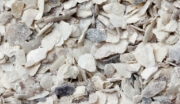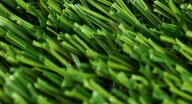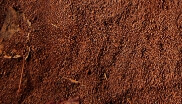Clay Bocce Court Surface
While not used too often, clay surfaces (whether they be red clay or the Har-Tru "clay" surfacing of most tennis courts in the USA) are an option when building a bocce court.
Pros
The Pros of Clay
Durability - Clay is a harder, more rugged surface than crushed oyster shells and is generally less prone to the indentions and erosion.
Playability - Clay surfaces tend to roll fast and straight while absorbing bounce with minimal denting.
Appearance - Certain clay courts can be topped with red brick dust to create a beautiful-looking court similar to the tennis courts of Roland-Garros.
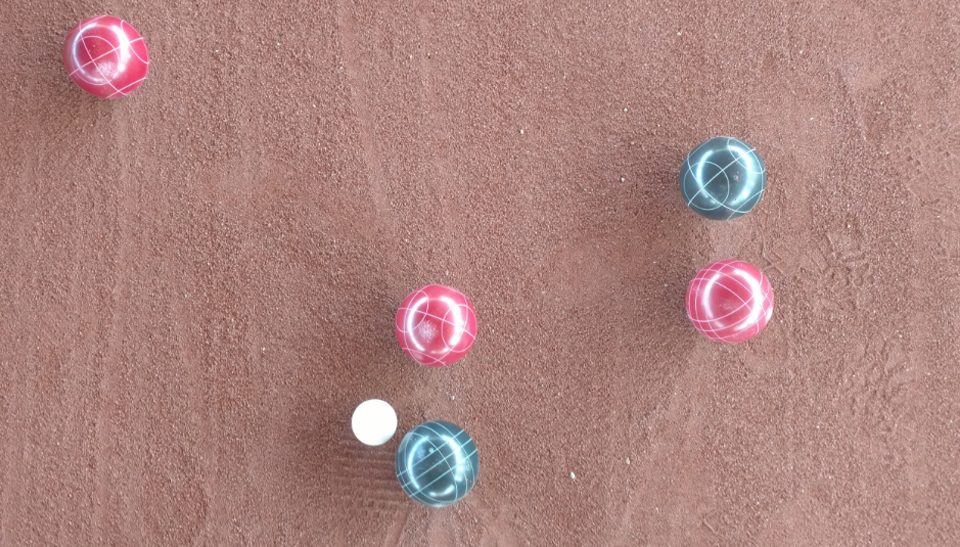
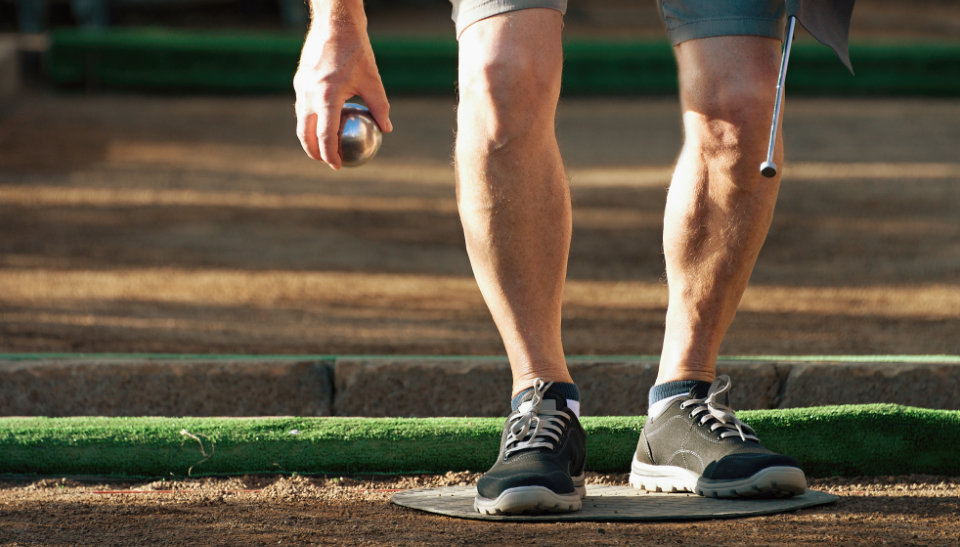
Cons
The Cons of Clay
High Maintenance - Clay and Har-Tru courts typically must not only be watered and brushed on a regular basis, but they also require periodic rolling to maintain a level playing surface.
Dirty - The dust from clay courts can be a major issue requiring routine sweeping or cleaning of nearby surfaces.
Moss - Since clay is an organic material, moss can grow on it during off-seasons - requiring chemical solutions to treat or extensive labor to manually remove the moss by hand by scraping clean the surface of the court.
Cost
The Cost of Clay
Clay bocce courts typically cost less than crushed oyster shell courts, but overall costs depend heavily upon one's court size, the clay blend mixture one chooses, etc.
As with clay and Har-Tru tennis courts, the biggest cost related to clay courts relates to their high maintenance costs.
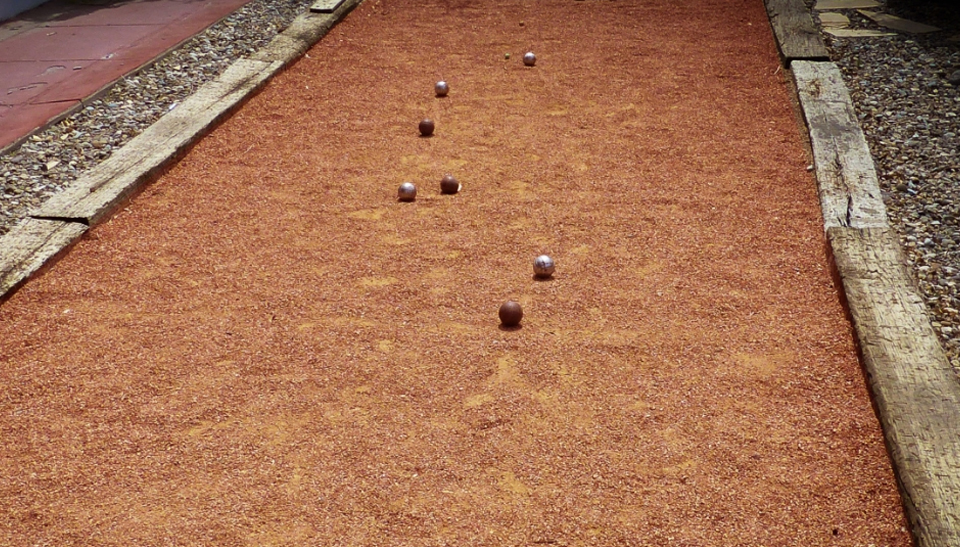
Comparison Chart
See how crushed oyster shell surfacing compares to other popular bocce court surfacing options.
| Surface Features | ||||
|---|---|---|---|---|
|
Dust/Mess Free
|
 no no |
 yes yes |
 no no |
 no no |
|
Low Maintenance
|
 no no |
 yes yes |
 no no |
 no no |
|
Environmentally Friendly
|
 yes yes |
 yes yes |
 yes yes |
 yes yes |
|
Great Drainage
|
 yes yes |
 yes yes |
 no no |
 no no |
|
Typical Cost
(Surface Material Only) |
$$$
|
$$$
|
$
|
$$ |


